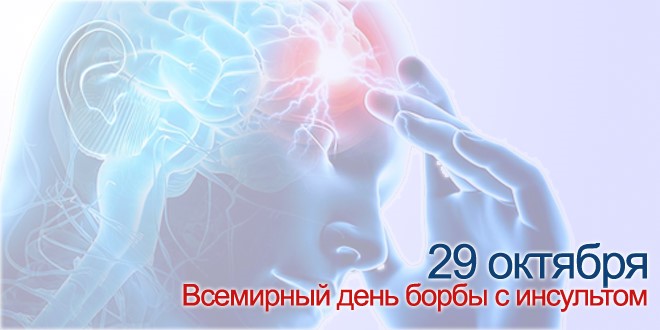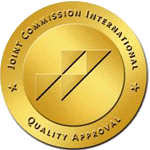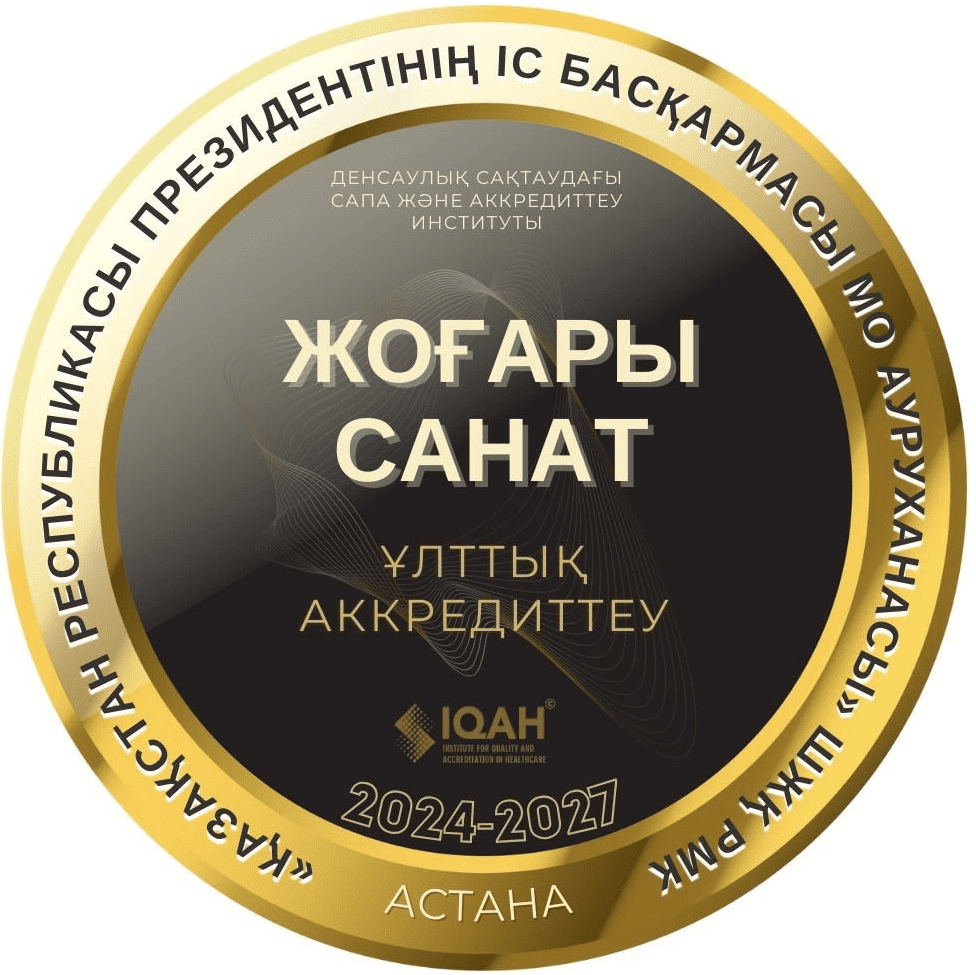October 29 World Stroke Day

Every year on October 29, the world celebrates World Stroke Day, which was established by the World Stroke Organization (WSO) in 2006 to call for urgent action in the global fight against stroke. diseases.
The history of the date began in 2004, when the World Health Organization declared stroke a global epidemic, and in 2006, the World Stroke Organization was created, which established this Day.
Today, the organization includes more than 3.5 thousand individual members and more than 60 organizations from 85 countries. These are scientists, scientific organizations and societies for the fight against stroke.
A stroke is a condition in which, as a result of stopping the flow of blood to the brain due to blockage of an artery or outflow of blood through a rupture of the vessel wall, damage or death of nerve cells occurs; This is a rapidly developing violation of cerebral circulation, with simultaneous damage to brain tissue and a breakdown in its functions.
Factors that can trigger a stroke include high blood pressure, diabetes, high cholesterol, obesity, physical inactivity, smoking, and excessive alcohol consumption.
This disease to this day remains one of the main causes of death and disability both in the world and in Kazakhstan. According to the WHO, 6.7 million people worldwide die each year as a result of a stroke. Vascular diseases account for more than half of deaths, and if recently a stroke occurred mainly in patients over 55 years old, now about a third of cases occur in people under the age of 50 years.
Six symptoms of a cerebral stroke can be distinguished , which can manifest themselves both in an isolated form and in a certain combination with each other:
1. Sudden weakness, numbness, impaired sensitivity in the arm and / or leg (usually on one half of the body);
2. Sudden numbness and/or asymmetry of the face;
3. A sudden violation of speech (slurred speech, fuzzy pronunciation) and a lack of understanding of words addressed to a person;
4. Sudden visual impairment in one or two eyes (blurred vision, doubling of objects);
5. Sudden difficulty walking, dizziness, loss of balance and coordination;
6. Sudden very severe headache.
Primary prevention of cerebrovascular diseases, including the impact on regulated social, domestic and medical risk factors, is of primary importance in reducing morbidity, mortality and disability due to stroke.
According to the WHO, the risk factors associated with stroke can be grouped into four categories:
1. Main modified risk factors (high blood pressure, diabetes mellitus, high cholesterol, low physical activity, obesity, smoking, atrial fibrillation and other heart diseases);
2. Other modified risk factors (social status, mental disorders, chronic stress, alcohol abuse, drug use, certain medications);
3. Unmodified risk factors (age, heredity, nationality, race, gender);
4. "New" risk factors (hyperhomocysteinemia, vasculitis, impaired blood coagulation).
The main objective of primary prevention activities, including the campaign held as part of the World Stroke Day, is to raise awareness of the population, and especially young people, about the problem of stroke, about preventive measures, as well as the importance of correct and timely first aid.
It is necessary to explain to the population that it is very important to immediately recognize the symptoms of a stroke, because the earlier treatment is started, the better the person recovers from a stroke. If you suspect a stroke, you must urgently call an ambulance team and immediately hospitalize the patient. The urgency of hospitalization and initiation of therapy is due to the existence of a so-called therapeutic window for stroke (4-4.5 hours), the beginning of treatment within which can minimize or completely eliminate the severe consequences of this disease.
Stroke can be avoided if you lead a healthy lifestyle and take preventive measures.

Stroke prevention is based on the basic principles of a healthy lifestyle:
- Know and control your blood pressure.
- Do not start smoking or stop smoking as soon as possible.
- Add as little salt as possible to food, refuse canned food and semi-finished products that contain it in excess.
- Follow the basic principles of a healthy diet - eat more vegetables and fruits, refuse added sugar and saturated animal fat.
- Do not drink alcohol. The risk of stroke is highest in the first hours after drinking alcohol.
- Control blood cholesterol levels.
- Exercise regularly. Even moderate physical activity - walking or cycling - reduces the risk of developing cardiovascular diseases, including stroke.
- Observe the regime of work and rest.
- Increase tolerance to stress.
The decisive role in reducing mortality and disability due to stroke belongs to primary prevention, along with this, a significant effect is the optimization of the system of care for patients with stroke, the adoption of therapeutic and diagnostic standards for managing such patients, including rehabilitation measures and prevention of recurrent strokes.
Source: Healthy Family, Healthy Generation website




